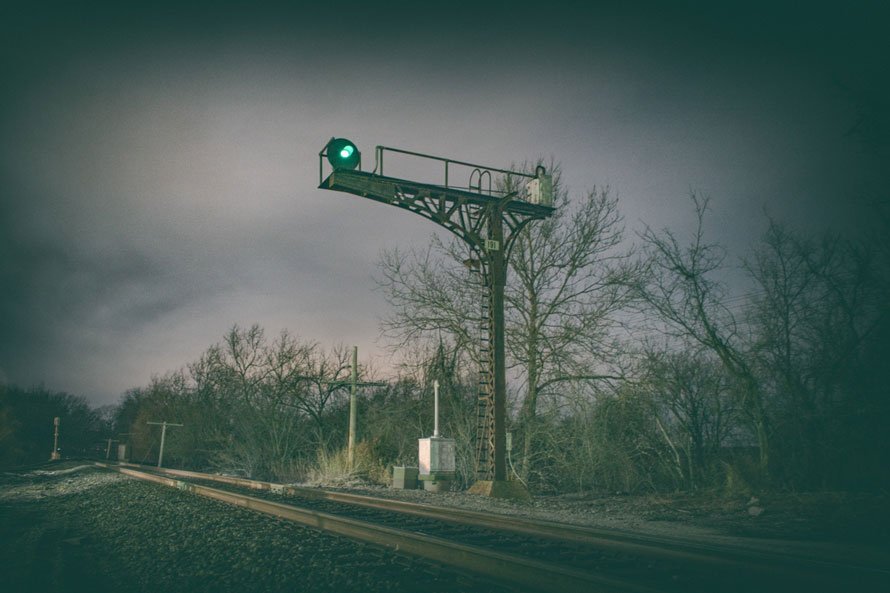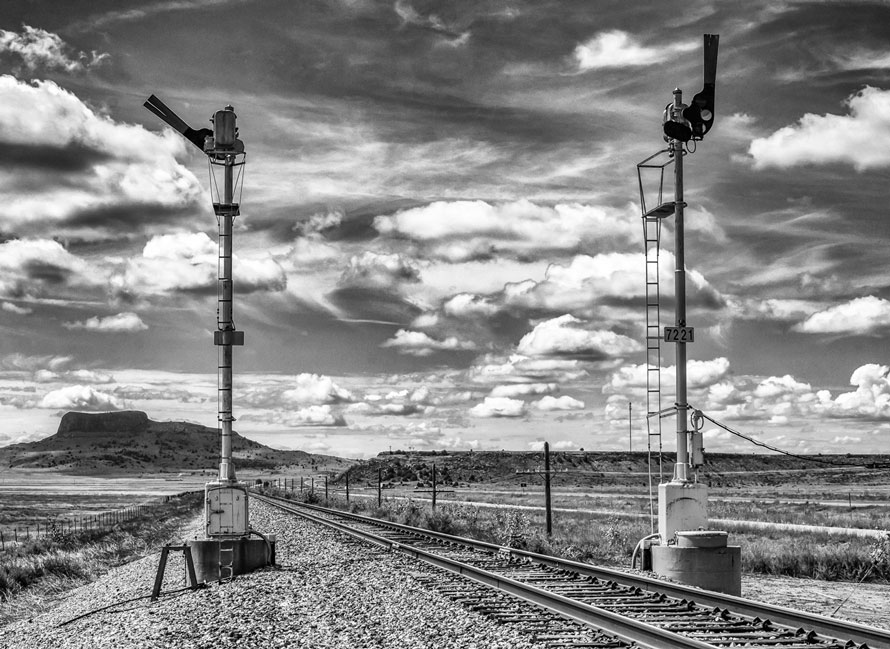
Since 2015, I have lived on or near the BNSF’s former Santa Fe Topeka Subdivision. This proximity has allowed me to watch firsthand the replacement of the searchlights, color light signals, and the code lines that have governed the subdivision for decades. All over the country, on busier lines, the old signals have been falling, rapidly replaced by Positive Train Control (PTC) and the new, “Vader” style color light signals. The BNSF’s former Santa Fe Topeka Sub is no exception. Running from Holliday to Emporia, Kansas (KS), this portion of the BNSF has acted as a relief valve for the busy Emporia Sub. It also hosts Amtrak’s #3 and #4, the east and westbound Southwest Chiefs. While the signals on many lines have been upgraded on many parts of the BNSF system, the Topeka Sub has largely been untouched. That is until now. Read more
